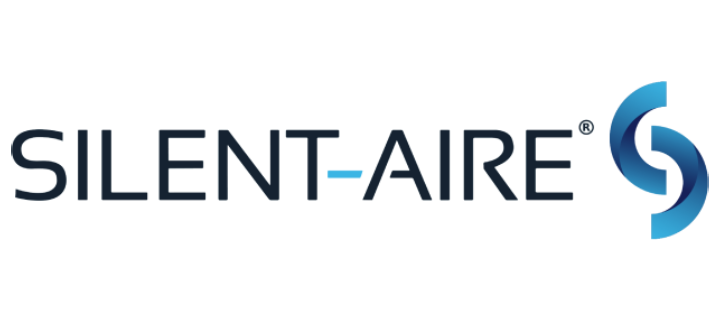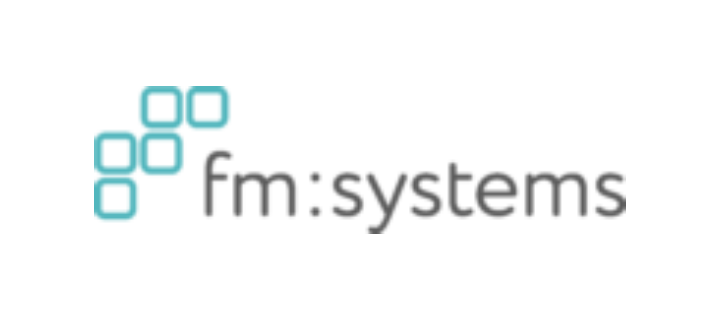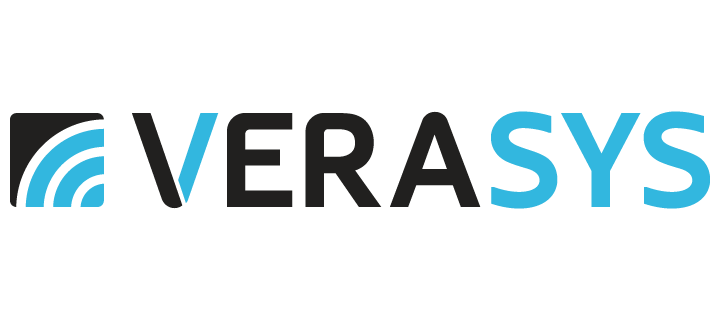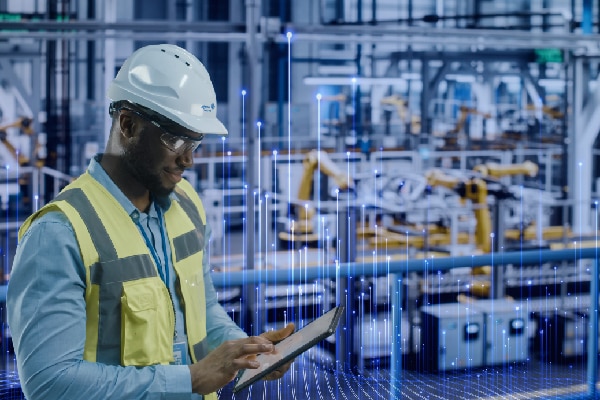Networked Technology Brings Your Information to One Location for Better Command and Control
Advanced
Comprehensive
Flexible
Benefits of Network Solutions
Our fire alarm network communicates information among distributed fire alarm control panels, enabling each panel to maintain the status and control of its own points, and monitor and control points physically connected to other network panels. Network solutions are an efficient way to help protect large or complex facilities, allowing, for example, panels to communicate on the evacuation of a specific block of floors versus an entire building.
Networking helps improve survivability; if a single panel loses communication, all remaining panels can still communicate with each other. Our solutions also offer client server capability, creating the ability to monitor activity and remotely view information from a PC with the appropriate software.
Additional Benefits:
- A single system view can deliver better command and control—ideal for large campuses and facilities
- Each panel maintains the status and control of its own points; each can also monitor and control points physically connected to other network panels
- Multiple Network Loops are available for campus and other high panel quantity applications
- Network-wide initiation of alarm silence, acknowledge, and reset; and investigation of status and details of system points and point lists
- Distributed system operation to ensure excellent continuity
- Command center that provides centralized network annunciation, historical logging, report generation, and control of fire alarm network points
How do Network Solutions help?
Respond to life-safety events with speed and efficiency.
Networking allows nodes to operate together or independently.
Networking can help protect simple locations or complex facilities.
We make it easier to find the right choices for your applications.
Solutions Portfolio

Integration
Unify multiple systems in your facility to create a true smart building

Networking
Flexible technologies to help you configure and manage your system

Workstations
Command and control end points for sharing information and to support centralized control
Fire Detection Services


































































